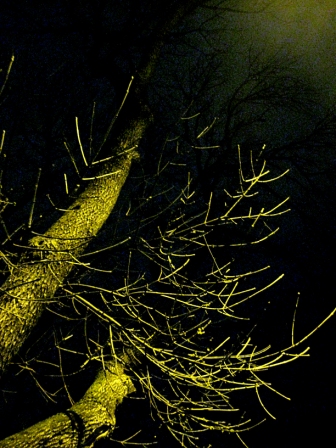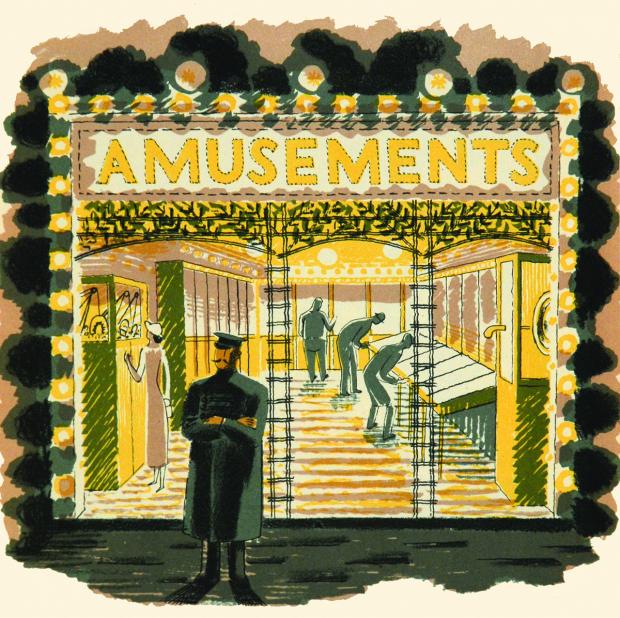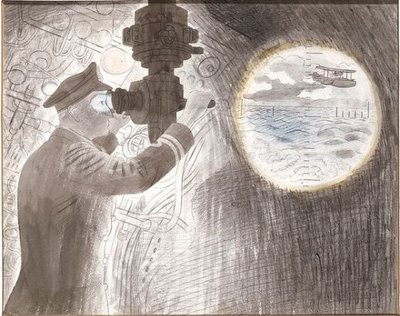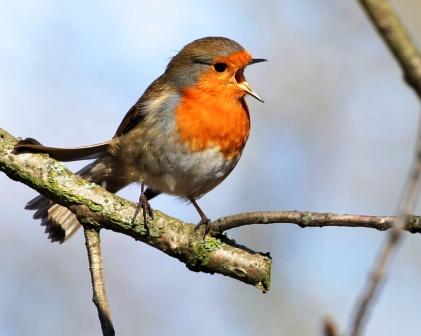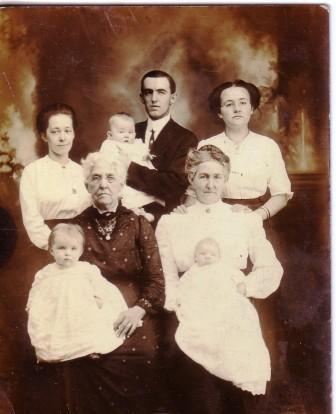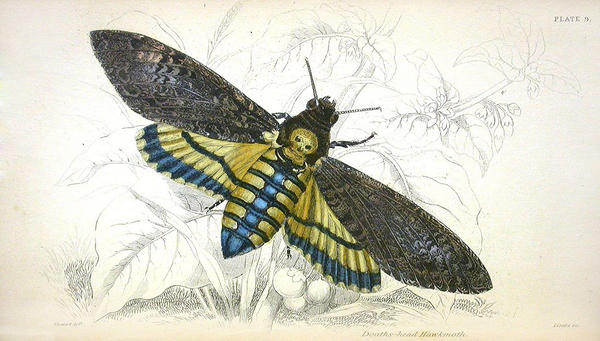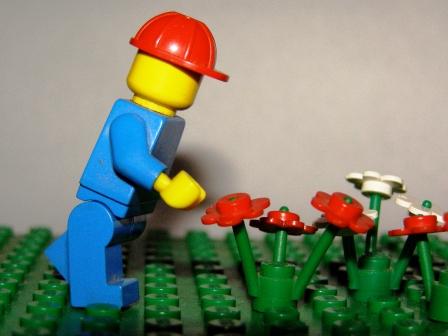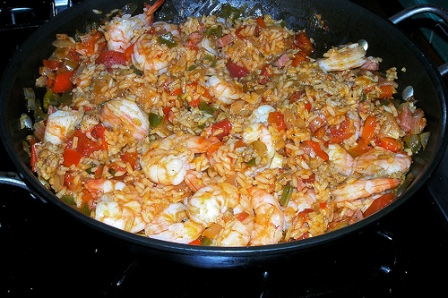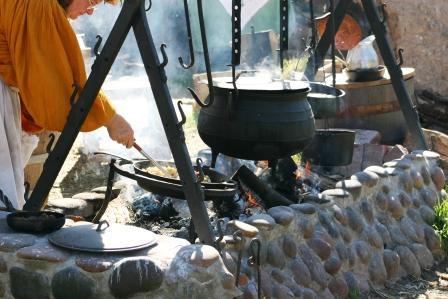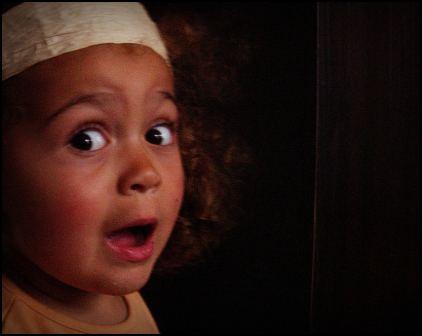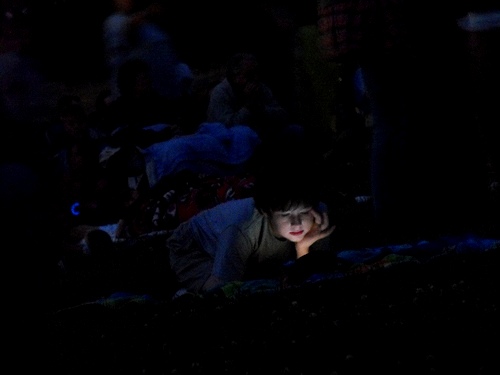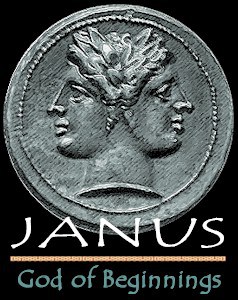On light and dark in children’s literature
This is a conflicted post – unresolved and written from the heart. I really don’t know what I think – yet. I feel it is genuinely important – and not just intellectually. There’s an undercurrent of empathy with younger readers and what stories mean to them that runs deep.
In the winter months especially, I crave the dark and the macabre. I revel in ghost stories. I re-read shadowy treasure such as M. R. James and Joan Aiken’s spookier tales. I listen to haunting audio (Kate Mosse’s The Mistletoe Bride and Radio 4’s Edinburgh Haunts). I itch to review Frost Hollow Hall for my Wedding Ghost blog.
As far as I can recall, I’ve always loved the dark and frightening. One of my very earliest memories is of my lovely and much-missed Nanna chasing me up the stairs bear-fashion and me begging her to ‘growl me Nanna’. It’s a deep-rooted part of my psyche.
It was therefore a pleasure for me to go to London for an IBBY talk involving Sally Gardner, Chris Priestley, Susan Cooper and Geraldine McCaughrean. (There’s an account of it here with some of the wisdom the four writers kindly shared). En route, I read Tinder -Sally Gardner’s new and extraordinary book so that I could cover it for Serendipity Reviews.
I like my fairy stories unbowdlerised – and Tinder is certainly that. I don’t want them sanitised and sweetened. The same goes for many other stories – I thought the Hollywood-style ending of The Woman in Black film was a travesty. I can take a dark and tragic ending.
Yet the discussion on ‘happy endings’ left me stimulated but confused. On one hand, Chris Priestley definitely doesn’t feel the need for cheery resolution to a story – a tale doesn’t have to have a point, a function in his view. That resonates – cheap and easy ‘morals’ and ‘issues fiction’ strike me as patronising and likely to be favoured by the Mr Goves and Mr Gradgrinds of this world.
However, one of the things I dislike most is cynicism. I loathed the end of The Hunger Games trilogy – it seemed to say the world is a bleak mess controlled by vile people and there’s nothing you can do about it. My still-adolescent heart wants to change things and I think defeatist, miserablist attitudes allow greed and all manner of other nasties to triumph. (rant over)
So I rejoiced when Geraldine McCaughrean said ‘Catharsis is good for you’ – that she wanted stories that left children with ‘some kind of hope.’ As she said, ‘all their colours are acid-bright and their feelings burn with adrenaline’. I feel writers do have some sort of responsibility.
As a survivor of depression, I need hope. Happy-clappy, isn’t everything lovely endings don’t work for me – if anything it makes matters worse. But the utterly bleak fills me with despair too. I don’t think younger readers are so much different – or at least, not the ones I’m writing for.
So as I said, I have no definitive opinions on this one – I’m still fumbling around. At present the best I can see as my purpose is:
to comfort the disturbed
and disturb the comfortable
What are your thoughts? What place is there for hope, or unadulterated grim reality. Should we focus on the shadow or the star?


